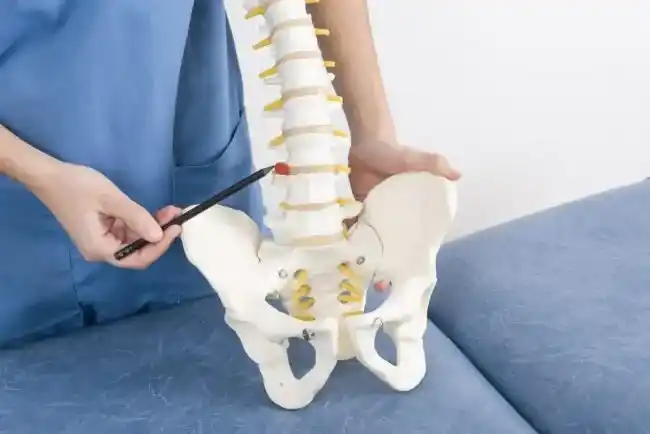Overview
During lumbar fusion surgery, the surgeon removes the damaged disc or bone and uses bone grafts (either from the patient or a donor) to fuse the adjacent vertebrae together. Metal hardware may be used to provide additional stability while the fusion heals. This procedure aims to alleviate pain, improve spinal stability, and restore function







